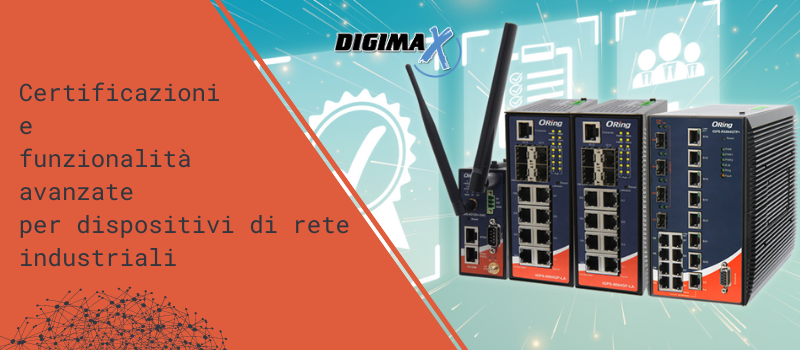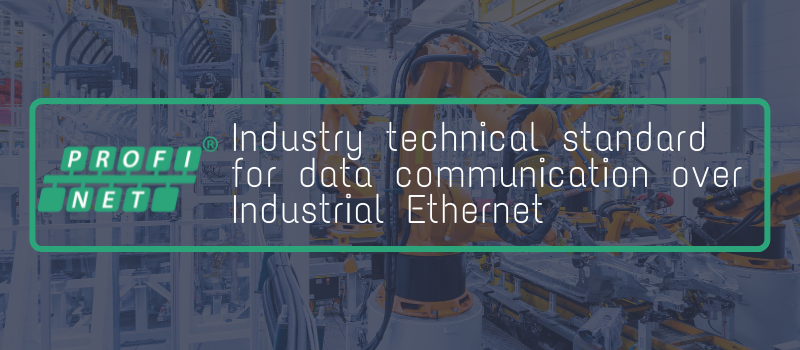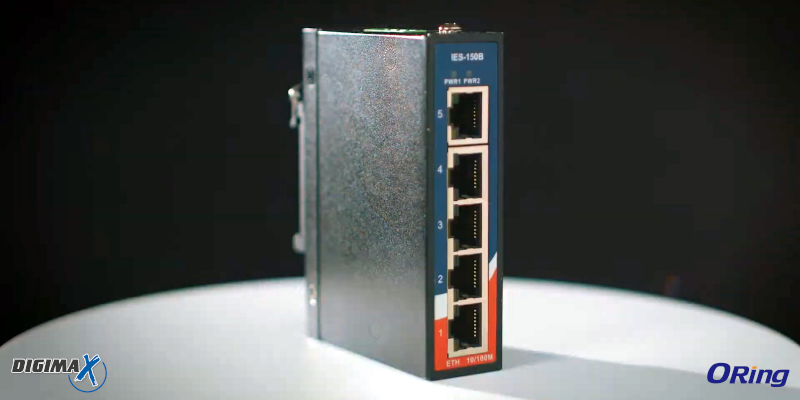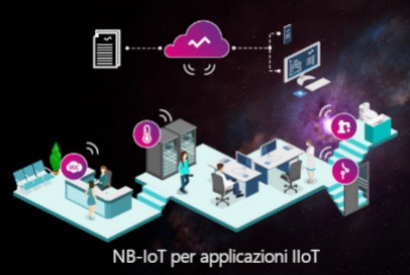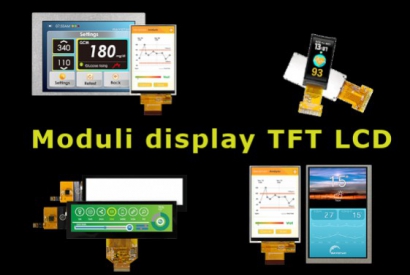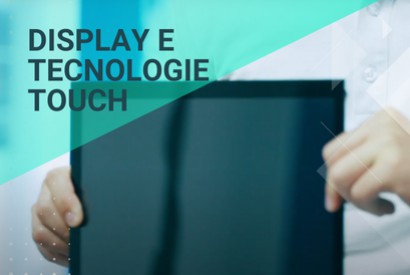Ports, interfaces and industrial connection systems for data transmission
Published : 07/26/2023 10:30:00
With the development of automation and Industry 4.0, efficient and reliable data transmission has become an essential component for industrial operations. Companies increasingly rely on industrial connectivity systems to connect devices, machinery and control systems, enabling fast and accurate communication of data critical to the operation of the entire manufacturing infrastructure.
Industrial connection systems offer significant advantages for industrial applications. They enable real-time communication, which is crucial for monitoring and controlling production processes. Furthermore, they can ensure increased operational efficiency, reducing downtime and increasing overall productivity.
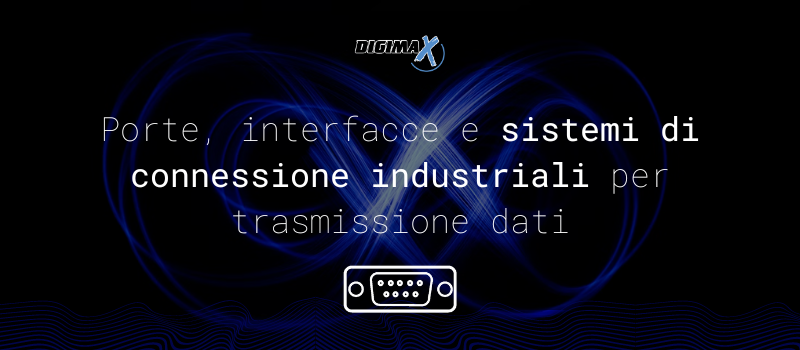
How to choose the right connection system
Choosing the appropriate industrial connection system depends on various factors, including speed requirements, transmission distance, operating environment, and type of application. It is essential to carefully consider these aspects to ensure a stable and reliable connection.
Even the robustness of the communication represents a variable to be evaluated in choosing the right connection system. Industrial applications can be "hostile", with the presence of vibrations, noise and electromagnetic interference EMI. Therefore, it is essential to choose a connection system that is resistant to such conditions and that can guarantee a stable connection even in harsh environments.
Scalability is another aspect not considered in the design phase. Businesses can expand and grow over time, so it's important to choose a connection system that can be easily adapted to changing needs. A scalable connection system allows you to add new devices and expand your network without disruption or excessive costs.
What are the differences between ports and connection interfaces?
The port is a physical point (hardware) at the input or output on which the connections of an interface end or begin which represents the physical channel through which data is transferred.
The interfaces are therefore connection devices capable of ensuring communication between two computer systems that would otherwise be incompatible, therefore they represent the connection point between different systems.
What are the main types of connection ports
The ports can be divided into two macro-categories: serial ports and parallel ports (now little used in the industrial field). Serial ports were the first to allow computers to exchange data, in this case the data transmission takes place consecutively using only one wire and in asynchronous mode (data synchronization is not necessary). There are three types of serial ports:
- RS-232: it was the first serial port to be created and allows you to connect a transmitter (master) and a receiver (slave). Communication can take place in half-duplex mode, i.e. in a bidirectional but not simultaneous manner, or full-duplex, therefore in bidirectional and simultaneous mode.
- RS-422: is an improved version of RS-232 as it allows long-distance communication and can connect more than two devices.
- RS-485: it is a further improvement of RS-422, in fact, it offers the possibility of having multiple computers that control multiple devices without any kind of problem.
In addition to this general differentiation, there are different types of doors with different specific objectives, among which the most used are explained.
- LVDS port: Low Voltage Differential Signaling is the most suitable port for embedded displays. It is an electronic digital signal standard that can operate at very high speeds. The display is connected to the graphics card via copper wires allowing for high data transmission speed.
- USB port: Universal Serial Bus is a serial interface designed to connect multiple devices simultaneously allowing communication between a DTE device (e.g. computer) and a DCE device (e.g. modem). The USB cable has 4 connectors, one for power supply (red), two for data transmission (white and green) and one for common ground (black). It can support up to a maximum of 127 peripherals thanks to its tree structure that connects the peripherals through devices called Hubs.
- VGA port: Video Graphics Array is designed to carry an analog video signal between the various devices, it is made up of 15 pins and each of them plays a fundamental role; it is easily recognizable by its blue color and by the two side screws to keep the connection with the monitor safer. It is the most used video output port and is present on all industrial monitors, but it only allows the reception of an analog signal, it is not suitable for very high resolutions.
- DVI port: this port is an evolution of the VGA port, because in addition to protecting against interference due to obsolete VGA technology, it also offers better solutions. It has one aspect in common with the old VGA: the two safety screws to keep the plug in place and avoid accidental disconnection of the plug.
- HDMI port: High Definition Multimedia Interface it serves for the interface of video signals and, unlike the VGA port, also audio signals. The data that passes through HDMI is uncompressed and therefore it is a useful port for HD viewing. To ensure compatibility of the standard between devices produced by the various manufacturers, all HDMI ports must guarantee support for the sRGB color space with a depth of 8 bits per channel. An HDMI cable can be used to connect an audio system of up to 8 channels.
The choice of the correct connection port and interface represents a fundamental element for data transmission in the industrial field and it is for this reason that Digimax offers the most innovative and reliable solutions thanks to a specialized consultancy service which aims at the development of the increasingly connected and intelligent industry.
-
What is NB-IoT and how is it applied within IIoT applications?
Leggi tutto
Published : 01/28/2021 10:15:00 -
How to choose the right TFT LCD display and how this technology works
Leggi tutto
Published : 05/25/2021 10:00:00 -
Touch display with capacitive, resistive and hover touch technology
Leggi tutto
Published : 03/14/2023 11:00:00

